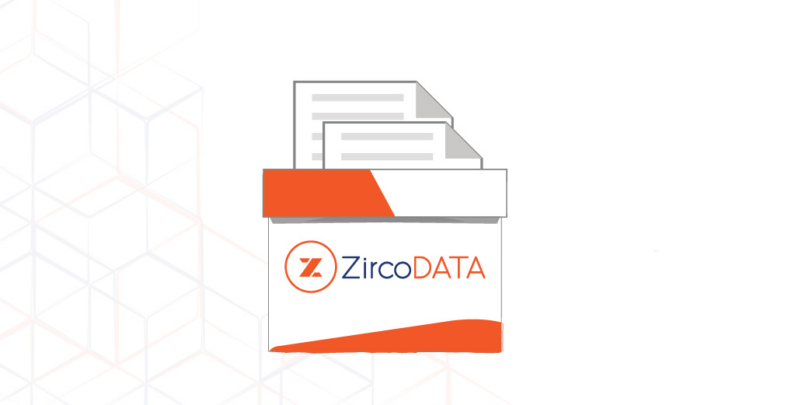
Protecting your organisations information management
A transformation that has been underway over the past 20 years is still taking place. Organisations have been producing more information and content than ever during this time. The management and upkeep of this information and data is essential to the organisation’s performance.
Organisations are continuously challenged to have a clear understanding of records and information management (RIM) due to regulation and ongoing litigation. Programs that support the correct handling, formatting, and deletion of both hardcopy and digital material must be put in place.
It can be difficult to manage and preserve this information because to its enormous volume and the hazards involved. It is independent of industry and presents substantial problems to enterprises of all sizes.
The solution is to approach your program from a lifecycle management perspective. Instead of compartmentalising the program’s components, see it as a flow or process that will increase accessibility and efficiency while reducing risk and enhancing overall compliance.
Stage 1: Hardcopy
Despite popular belief, paper is still alive. Yes, it is becoming less common and is gradually being phased out, but the timescale is becoming longer. Although sectors like healthcare, law, and higher education continue to increase their use of modern technologies, many of their programs are hybrid in nature, and paper is still widely used in all of them.
Strong hardcopy programs make use of off-site storage models, where data is stored in a location that is very safe and has the right conditions and controls to protect your documents.
Stage 2: Information Governance
Any information management program must have two key components: the ability to identify a specific record through indexing and the use of a clearly defined retention policy.
Organisations can use data to their advantage and correctly pinpoint the compliant timetable during which a record should be kept in stock thanks to information governance. Organisations can use this to safeguard important data and guarantee legal compliance.
Planning for and implementing retention also enables organisations to control expenses by efficiently controlling inventory levels and reducing exposure to discovery risk.
Stage 3: Secure Shredding
Secure shredding is a complementary service to hardcopy management that gives people the chance to securely dispose of documents that include sensitive personal, financial, medical, or legal information.
A full RIM program must include the establishment of secure shredding programs in order to be in compliance. It is insufficient to just throw these documents in the bin; additionally, local shredders offered by offices have poor adoption rates and pose a considerable risk.
Easily accessible “shred bins or consoles” that are strategically positioned have greater adoption rates and are safe. These bins are regularly turned, securely closed, and the contents are appropriately destroyed at a professional site. They are also changed on a weekly or monthly basis.
Stage 4: Digital Conversion
You can start identifying records and files that need to be converted to a digital format whenever a hardcopy program has well defined policies and storage techniques.
Organisations can improve the security and usability of that content by converting hardcopy records to digital formats. Because it is portable and incredibly flexible to meet the needs of the user, it can also increase efficiency.
Converting hardcopy files to a digital format gives the user a format that is less prone to danger, though this should be targeted and specialised. Additionally, these files are simpler to retrieve “on demand”.
Then, businesses can decide if the digital format satisfies their needs, allowing them to do away with the expense of hardcopy storage.
Stage 5: Secure Destruction
Secure destruction is a procedure through which cartons of files are destroyed on a planned basis, as opposed to secure shredding, which involves shredding of individual files. Organisational or sector-specific retention policies set this cadence.
A comprehensive RIM program must include material destruction, which should be carried out by a qualified organisation that issues certificates of destruction (COD) upon completion.
Data and information are being exchanged as currency in black markets on the internet. A data breach can cost a company millions of dollars and damage its reputation in the marketplace. Following a rigid RIM program will let you to secure your company, its employees, and your clients. Information security is crucial.
Establish and follow a robust RIM program to guarantee the security of your organisation.
Let us do the heavy lifting for you
Is your organisation ready to optimise its information management and bolster its cybersecurity? ZircoDATA has the solutions you need. Don’t let your valuable data fall victim to inadequate management or security breaches. Take action now to protect and organise your digital assets efficiently and securely. For further details on how our services can provide the level of protection your organisation deserves, reach out to us today. We’re here to guide you every step of the way on your journey to improved information management. Contact us now to start securing your future.
